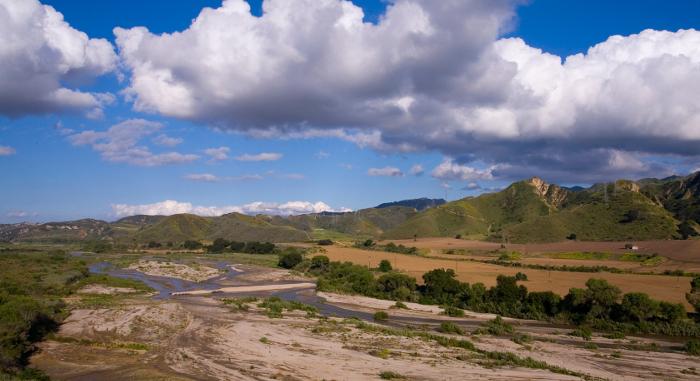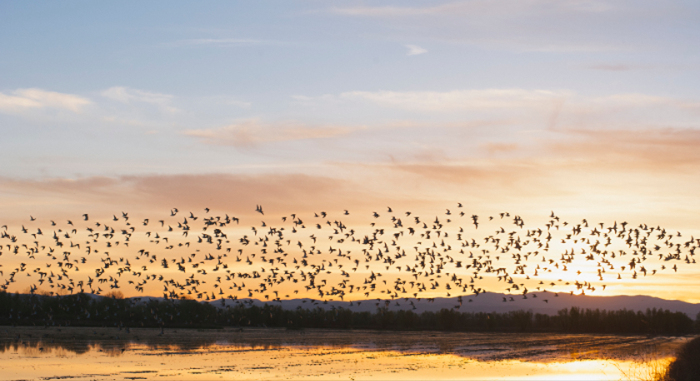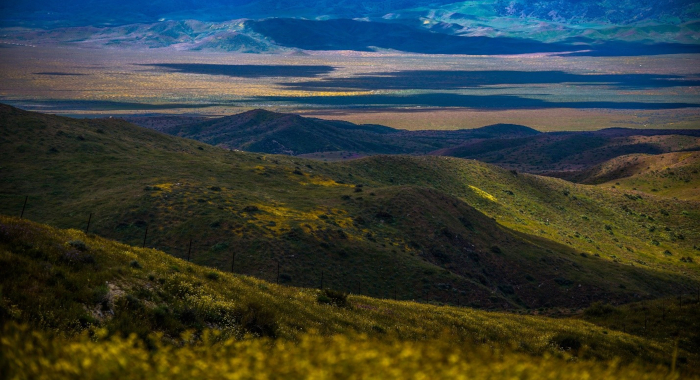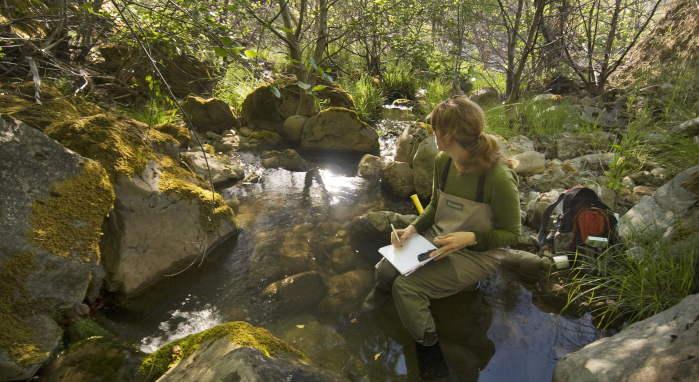California is one of the most hydrologically altered landscapes in the world. As water becomes ever more scarce and the human population continues to grow, that vast engineered system strains to meet the needs of people let alone the needs of nature.
Water rights allocations far exceed actual surface water supply, and millions of wells tap groundwater to meet the increasing demands of farms and communities. As groundwater reservoirs are depleted they can in turn reduce surface flows – exacerbating a vicious cycle in which people and nature both lose. Rivers, wetlands and groundwater-dependent ecosystems are caught in this struggle for an increasingly limited resource. Nearly half of California’s roughly 4,000 freshwater species are considered vulnerable to extinction. Of the taxa that are found nowhere but California – our endemic freshwater biodiversity – 90 percent are at risk.
But there is hope. While it is impossible to return natural flows to most of California’s rivers and streams, we can – through science, technology, and innovative market tools – endeavor to deliver water when and where nature needs it most.




Annika T.H. Keeley, David D. Ackerly, Galli Basson, D. Richard Cameron, Lee Hannah, Nicole E. Heller, Patrick R. Huber, Patrick R. Roehrdanz, Carrie A. Schloss, James H. Thorne, Samuel Veloz, Adina M. Merenlender
Sarah Heard, E.J. Remson, Siobhan King, Sandi Matsumoto
The Conservancy has a vested interest in preserving farms in Ventura County because they buffer important river and wetland habitat from nearby urban lands. In western Ventura County, over…Matthew E. Reiter, Nathan K. Elliott, Dennis Jongsomjit, Gregory H. Golet, Mark D. Reynolds
In the Central Valley of California, with 90% of the historic wetlands gone, waterbirds depend upon managed wetlands and seasonally flooded agriculture to meet their habitat needs. The 2013-2015…Brian Cohen, Shona Ganguly, Sophie Parker, John Randall, Jill Sourial, and Lara Weatherly of The Nature Conservancy, Land IQ, Natural History Museum Los Angeles County, WRC Consulting Services Inc., Travis Longcore, University of Southern California, Connective Issue, Inc.
As a basic principle of ecological systems, a watershed’s hydrology determines the flow characteristics of its river system. These flows define what the biological characteristics of that…Jill E. Spear, Erik K. Grijalva, Julia S. Michaels, Sophie S. Parker
This paper discusses the impact of urban-dwelling plants and animals on regional wildland populations, both within and across species. The authors reviewed the global conservation literature and…Sandi Matsumoto, Gregg Werner, Melissa Rohde, Kirk Klausmeyer
Groundwater dependent ecosystems (GDEs) are plant and animal communities that require groundwater to meet some or all of their water needs. GDEs provide important benefits to California including…Jeanette K. Howard, Kurt A. Fesenmyer, Theodore E. Grantham, Joshua H. Viers, Peter R. Ode, Peter B. Moyle, Sarah J. Kupferburg, Joseph L. Furnish, Andrew Rehn, Joseph Slusark, Raphael D. Mazor, Nicholas R. Santos, Ryan A. Peek, Amber N. Wright
Freshwater ecosystems are in peril globally. Threats to freshwater biodiversity are numerous and include habitat degradation, pollution, overexploitation, dam construction, species invasion, and…Prepared by Andrew Zdon & Associates Inc. for Transition Habitat Conservancy, The Bureau of Land Management, and The Nature Conservancy
The Mojave Desert within California, which spans four counties, exists as one of the most important ecological regions in the southwestern United States. Both the groundwater and surface water in the…Sophie S. Parker, Jim Moore, Leonard Warren
The 185 mile-long Amargosa River, one of only two rivers with perennial flow in the California portion of the Mojave Desert, is fed by an ancient groundwater aquifer. The river provides habitat for…Alexander C.A.D., F. Poulsen, D.C.E. Robinson, B.O. Ma , R.A. Luster
Management of the Sacramento River and Sacramento–San Joaquin Delta is one of California’s greatest challenges, requiring trade-offs between valued components that serve a multiplicity of…Aburto-Oropeza, O., M. Edwards, S. Butterfield, and 93 additional authors
The U.S. and Mexico face many shared ecological changes due to the increased frequency and severity of droughts and rising energy demands; trends that entail economic costs for both nations and…Rohde, M.M., S. Matsumoto, J. Howard, S. Liu, L. Riege, E.J. Remson
California's Sustainable Groundwater Management Act (SGMA) of 2014 is landmark legislation that empowers local agencies, known as groundwater sustainability agencies, to sustainably manage…Justine E. Hausheer, Mark D. Reynolds, Greg Golet
Gregory H. Golet, Candace Low, Simon Avery, Katie Andrews, Christopher J. McColl, Rheyna Laney, Mark D. Reynolds
Migratory birds face great challenges due to the climate change, conversion of historical stopover sites, and other factors. To help address these challenges, the Conservancy launched a dynamic…H. Scott Butterfield, Rodd Kelsey, Abigail Hart, Tanushree Biswas, Mark Kramer, Dick Cameron, Laura Crane, Erica Brand
California's Sustainable Groundwater Management Act (SGMA) established a framework for sustainable, local groundwater management. SGMA requires groundwater-dependent regions to…Energy+Environmental Economics for The Nature Conservancy, Arne Olson, Doug Allen, Vivian Li, Emily Leslie
California leads the nation in the transition to a clean energy economy. However, current transmission planning processes limit development of new renewable resources. This report (slide deck),…Darren W. Mierau, William J. Trush, Gabriel J. Rossi, Jennifer K. Carah, Matthew O. Clifford, Jeanette K. Howard
The California water rights system often dis-incentivizes water management that benefits both nature and people by directing the timing of diversions to the summer when water is the most scarce. It…Julie K H Zimmerman, Daren M. Carlisle, Jason T. May, Kirk R. Klausmeyer, Theodore E. Grantham, Larry R. Brown, Jeanette K. Howard
The importance of the natural flow regime to stream and river health has received growing attention in recent years. Understanding natural flows and patterns of flow alteration is an important first…Mark D. Reynolds, Brian L. Sullivan, Eric Hallstein, Sandra Matsumoto, Steve Kelling, Matthew Merrifield, Daniel Fink, Alison Johnston, Wesley M. Hochachka, Nicholas E. Bruns, Matthew E. Reiter, Sam Veloz, Catherine Hickey, Nathan Elliott, Leslie Martin, John W. Fitzpatrick, Paul Spraycar, Gregory H. Golet, Christopher McColl, Scott A. Morrison
What if instead of buying habitat, conservationists could rent it when and where nature needs it most? The Conservancy is using predictive models of shorebird movements, data from the citizen science…